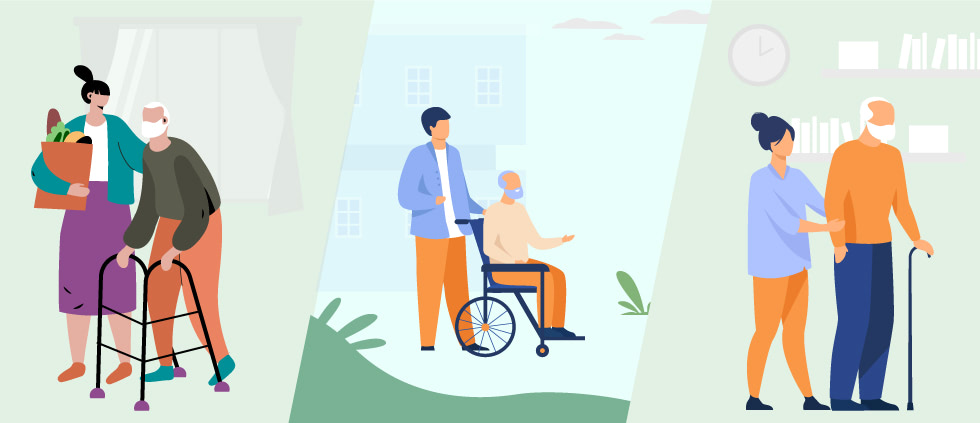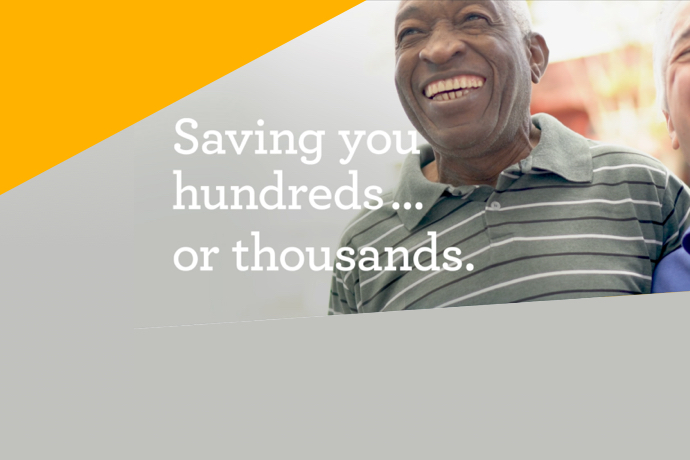Caregiver Support: A Strategy Worthy of Payer Attention

Colleagues and I were recently discussing how difficult the position of caregiver can be and how they are often overlooked in the healthcare ecosystem. Yet, caregivers are not only valuable contributors to the system, but they can also influence member shopping decisions on health plans, and they are payer members and patients themselves. So, while the current trend toward value-based care emphasizes patient centricity, it stands to reason that payers that also develop and communicate benefits which support caregivers will improve outcomes all the way around. Understanding the caregiver landscape and their unmet needs is key to informing strategies to address them.
What is the caregiver landscape?
In the healthcare ecosystem, there are approximately 48 million unpaid caregivers of adults over 18 years old who are typically a loved one or friend. Few who step into the role are trained for it or financially compensated. About 60% of caregivers maintain a full-time job and are not paid for tending to their charge for an average of 24 hours per week. Against this backdrop, according to the National Alliance for Caregiving and AARP, over 60% of caregivers play a role in important healthcare decisions for their recipients. They may also administer drugs, prepare food and provide transportation, personal care and home maintenance for recipients. A linchpin in care delivery, this cadre provided services worth $470 billion in one year, exceeding the value of paid home care and Medicaid spend.
What is the cost of unmet caregiver needs?
Poor caregiver service can lead to poor outcomes for recipients, including more ER visits and earlier need for Medicaid support of long-term care. Plus, caregivers who stretch themselves too thin, forgoing their own medical care and follow up, end up costing the healthcare system as well. In 2007, 30% of caregivers died ahead of the people under their care, and premature death is still a fear today. When caregivers fail to thrive, the impact ripples across the whole system.
What are payers doing now to support caregivers?
Most of the current support for caregivers comes through benefits to health plan members. Starting with the 2020 contract year, CMS expanded the realm of supplemental benefits in Medicare Advantage plans. This resulted in a number of new benefits that in addition to serving member needs may also lighten the burden on their caregivers. Examples include day care services, home-based palliative care, in-home support services and therapeutic massage.
As far as efforts directly targeting caregivers, most states now offer some type of support for family caregivers. While this is very helpful for SNP beneficiaries and their caregivers, eligibility for and promotion of these assistance programs varies.
Our research on this topic surfaced considerably more online support for caregivers than evidence of outbound communication with them. Examples of what some payers are currently doing include:
- Anthem’s tips on handling a person’s healthcare insurance as a caregiver, advice on caregiving and information on beneficiary benefits that can be used to provide better care.
- United Healthcare’s online tips, guidance and resources for caregivers.
- Humana’s website with links to numerous caregiver resources, network partners and a downloadable caregiver toolkit.
- Emblem Health’s Family Caregiver Initiative, which serves as a resource to lighten physical, emotional and other burdens of caregiving.
What can payers do to better support caregivers?
Even with online resources, targeted benefits and available financial aid, it is easy to see how caregivers can fall between the cracks depending on how effectively payers are engaging with members and their caregivers. In addition to improving outreach to members to remind them of supplemental assistance, it behooves payers to look at ways they can improve direct connection with caregivers who also stand to benefit and to be motivated to encourage member utilization. Following are some suggestions:
1. Identify the caregivers
The first bridge to cross is identification of the member’s caregiver. This should be a standard protocol in onboarding, followed by a check with all members to update caregiver information that occurs at least annually. Upon caregiver identification, they should be prompted to opt-in for contact through their communication mode(s) of preference for notification for members and themselves.
2. Engage caregivers directly
Don’t depend on caregivers to self-discover how you can best support them and their loved ones. Consider how you can include them in marketing outreach during AEP and throughout the year. Using first-party or reliable second or third-party lists is optimal. However, targeting by age, geography and income levels are doable, depending on the media channel. The National Alliance for Caregiving and AARP, Caregiving in the U.S. 2020 Update presents informative profiles of unpaid family caregiver personas.
Also, community-based organizations that are frequented by members and/or their caregivers may be a valuable channel through which to amplify education on benefits they should check for in their loved ones’ health plans.
3. Tailor messaging to caregivers according to their various values and needs
With the most chronically ill adults being 65+, low-income and often affected by health equity barriers, their caregivers may also be financially challenged and/or impacted by social determinants, making mitigation and communication about caregiver benefits that much more complex. Marketing outreach should be versioned with cultural sensitivity, and communications should be tuned for health literacy, reading level and primary language, as well as formatted for content digestibility.
4. Make it easy for caregivers to communicate with you
Facilitating two-way communication with an emphasis on listening to the caregiver can enhance the connection and understanding between the caregiver and payer.
MoreCare, a Chicago based Medicare Advantage plan, partnered with Carallel to provide technology-enabled, personal human support with individualized guidance to members and caregivers. The collaboration leveraged a digital platform that facilitated ongoing conversation with caregivers, giving them the time and space to ask questions and express their needs. The companies also applied their approach to a pilot program to help ISNP members and caregivers complete advance care planning that involved setting up living wills and Power of Attorney monthly case reviews. The initiative saw a 62% participation rate and 100% completion rate, exceeding the industry average for comprehensive care management programs six-fold.
5. Review your benefit utilization data
Reviewing your utilization data will provide insight on which existing supports could be better optimized. Let’s look at one example. A prevalently offered benefit that could help both members and their caregivers is transportation to and from medical appointments. However, a recent report by MACPAC showed that only a fraction of non-emergency medical transportation (NEMT) benefits are being utilized by Medicaid members. Subsequently, MACPAC conducted focus groups where in addition to other recommendations to improve transportation benefits, participants pushed for “greater promotion of NEMT programs at a federal, state, and health plan level.” This is just one example of how data on utilization of benefits can inform focus on benefit refinement and improved communications.
6. Establish more caregiver-specific benefits
A New England Journal of Medicine study to explored caregiver benefits and showed that, in addition to providing specific supports, fiscal advantage may be realized as well. Examples of such benefits include virtual assistants, peer support groups and digital innovations that help caregivers keep track of patient status, appointments, decisions and tasks. The study found that the annual savings from implementing these tactics ranged from $500 to $3,170 per member.
Considering the findings on savings combined with reports of deteriorating caregiver mental condition, it’s suggested in HealthPayerIntelligence that payers looking to introduce caregiver support should innovate both personal and digital solutions.
If payers can continue to save money and measure positive member and caregiver satisfaction, the pipeline for continued innovation on caregiver support will remain open. For while there is no patent formula for caregiver benefits yet, leading with compassion and empathy continues to light the way.









